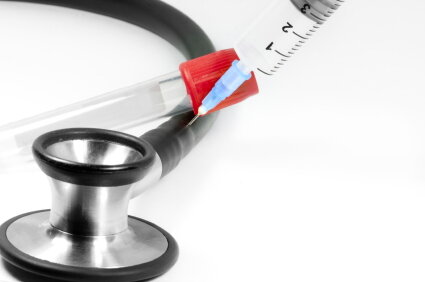 Warts. Mole’s ugly cousin is an all too common spoiler of the aesthetic of the genitalia. Warts, cervical cancer and some other afflictions are caused by the Human Papilloma Virus, or HPV. There are over 40 strains of HPV and it is possible for a person to be afflicted by several strains at the same time. HPV causes several types of cancer and genital warts. The news isn’t all doom and gloom, however and there are precautions that reduce the risk of infection, as well as surveillance measures and treatments available.
Warts. Mole’s ugly cousin is an all too common spoiler of the aesthetic of the genitalia. Warts, cervical cancer and some other afflictions are caused by the Human Papilloma Virus, or HPV. There are over 40 strains of HPV and it is possible for a person to be afflicted by several strains at the same time. HPV causes several types of cancer and genital warts. The news isn’t all doom and gloom, however and there are precautions that reduce the risk of infection, as well as surveillance measures and treatments available.
HPV is the most common sexually transmitted disease and most people who become infected with HPV do not even know they have it. A person can have HPV even if years have passed since he or she had sexual contact with an infected person. Approximately 20 million Americans are currently infected with HPV. HPV is so common that at least 50% of sexually active men and women get it at some point in their lives. About 1% of sexually active adults in the U.S. have genital warts at any one time.
HPV is spread via skin to skin contact. This is why the use of condoms can reduce the transmission of HPV, but does not eliminate the risk. In 90% of cases, the body’s immune system clears HPV naturally within two years. In cases where the body’s immune system fails to clear the virus, cellular changes can result in dysplasia and eventually cancer, or with certain strains of HPV warts.
The dysplasia caused by HPV Each year causes, about 12,000 women to get cervical cancer in the U.S., 3,700 women to get vulvar cancer, may be responsible for 1,000 women who are diagnosed with vaginal cancer, 1,000 men are diagnosed with penile cancer, 2,700 women and 1,700 men who are diagnosed with anal cancer, and 2,300 women and 9,000 men diagnosed with head and neck cancers.
Regular surveillance of the cervix with PAP smears has greatly reduced the rate of cervical cancer. Part of routine screening for Sexually Transmitted Infections should include collection of a PAP. If a PAP result comes back with dysplastic changes ASCUS (Atypical Cells of Uncertain Significance) many labs perform reflexive testing for high risk strains of HPV. This is really the only time that HPV testing is clinically indicated. There is no approved screening test to find early signs of penile or anal cancer. Some experts recommend yearly anal Pap tests to screen for anal cancer in gay and bisexual men and in HIV-positive persons.
Some strains of HPV cause genital warts. Genital warts usually appear as a bump or groups of bumps in the genital area. They can be small or large, raised or flat, or shaped like a cauliflower. Warts can appear within weeks or months after sexual contact with an infected partner. Untreated, genital warts might go away, remain unchanged, or increase in size or number.
There are vaccines available to assist in prevention of HPV infection. The Gardisil vaccine is available to women between the ages of 9 and 26. It vaccinates against two strains of HPV that cause cervical cancer and two strains that cause genital warts. Cervarix vaccinates against two strains of HPV that cause cervical cancer. Gardasil protects males against most genital warts. This vaccine is available for boys and men, 9 through 26 years of age.
In short, vaccinate, use barrier protection and submit to routine surveillance to reduce the risk of cancers and genital warts caused by HPV.
Disclaimer- This presentation has attempted to put to together some health information for alternative sexualities. Health Information does not constitute docstors advice. If you have specific questions please consult your doctor.
This article was originally published June 23, 2010

No Responses to “HPV, Genital Warts, Cervical Dysplasia and You.”